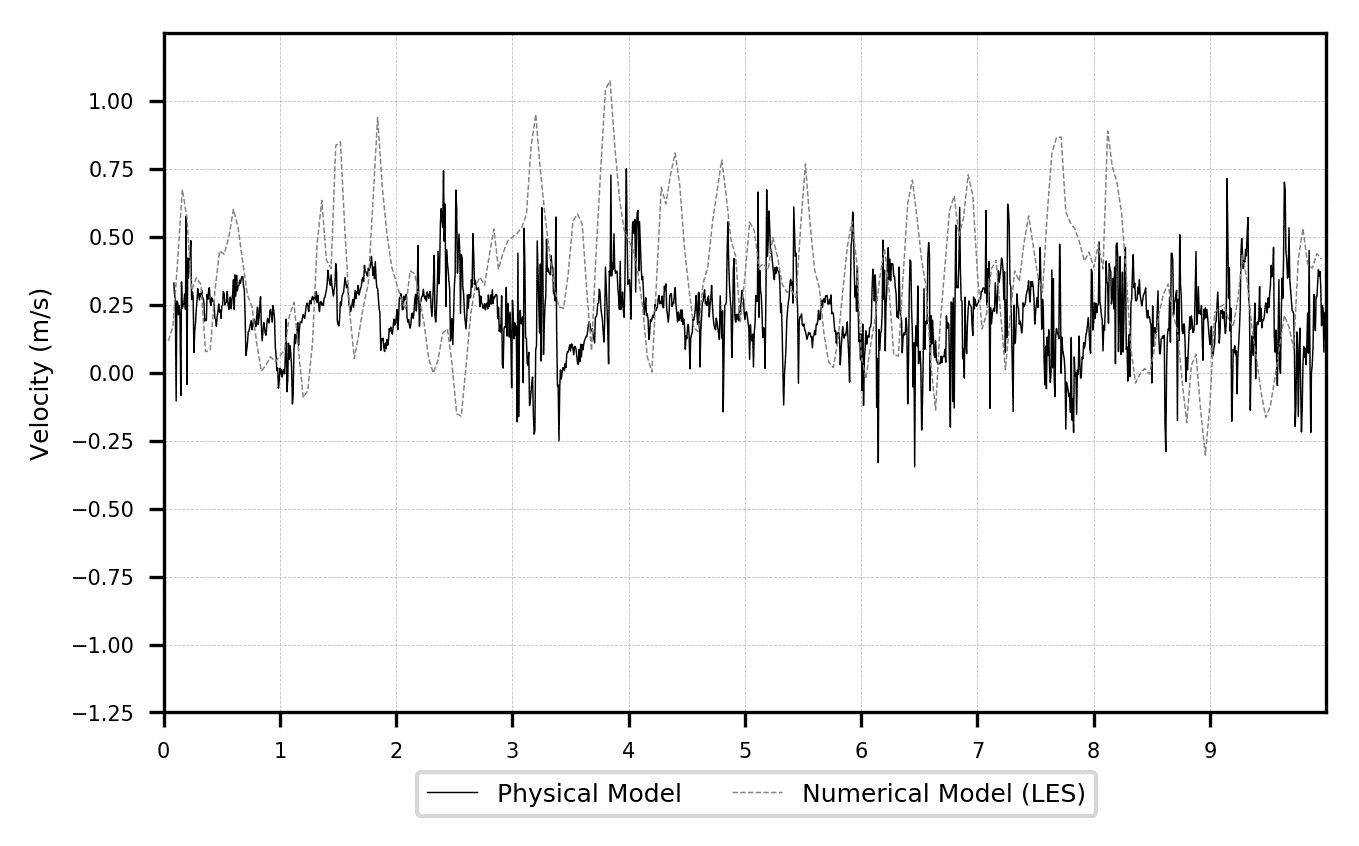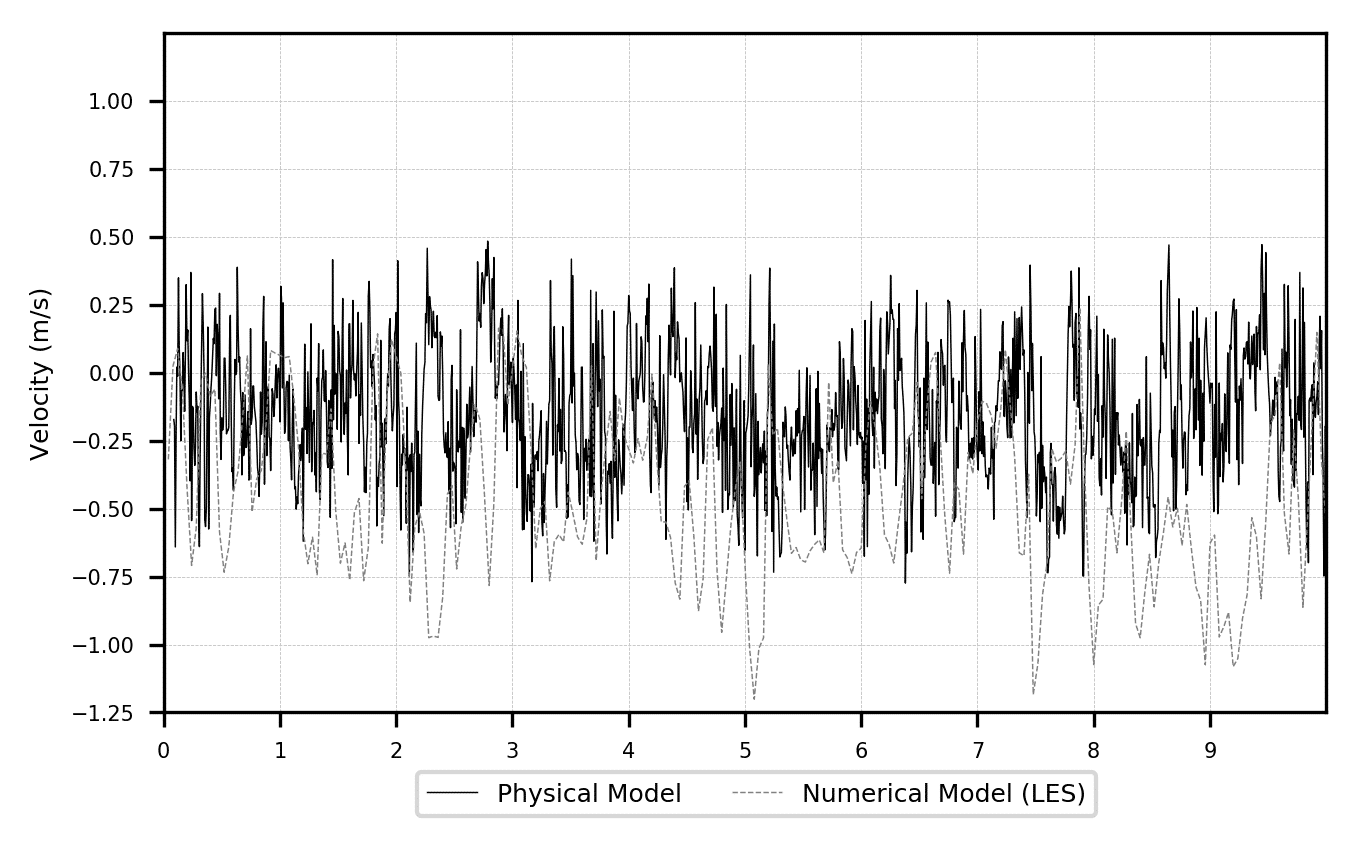
Comparison Between Physical and Numerical Model of the Velocity Measurement in the Lateral Channel of the Ancoa Reservoir
2Departamento de Ingeniería Civil, Universidad de Chile
3Advanced Mining Technology Center, Universidad de Chile
Spillways are basic structures for the safety and stability of the reservoirs. However, the design of these works is quite complex due to the highly turbulent flows generated by the large discharge that must be transported. Specifically, flows of three-dimensional characteristics in the collector channel of the spillway make it even more difficult to describe them to set up an optimal design for the operation works.
Ancoa reservoir is located near Linares, almost 300 kilometers south of Santiago in Chile. To analyze the flow in the lateral channel of the spillway of the Ancoa reservoir, experiments were carried out in a physical model at 1:40 scale in the laboratory and a numerical model was developed in OpenFOAM free software using the Large Eddy Simulation (LES) approach.
In order to evaluate the goodness of the numerical model regarding the hydrodynamics and the flow in lateral channel, velocity measurements of the highly aerated and turbulent flow were taken in the physical model using an Acoustic Doppler Velocimetry (ADV) and compared with the results of the LES runs.
The analysis was carried out for constant discharges of 150, 761 and 1.026 m3/s in prototype, corresponding to floods with return periods of 5, 1.000 and 10.000 years, respectively.
As an example, Figure 1 shows the variation of velocity in the downstream direction in the physical and numerical models, in a time interval of 10 seconds. The data obtained with the ADV have been filtered to get rid of the spikes in the velocity signal by the presence of air bubbles in the flow. In general, the results show a good correlation between the experimental data and the numerical model, and therefore, the LES approach allows to represent correctly the complex hydrodynamics of the three-dimensional flow of a lateral channel.
|
(a) |
(b) |
Figure 1. Velocity data comparison between physical model and numerical model (LES). (a) Downstream direction and (b) Vertical direction.

Powered by Eventact EMS

